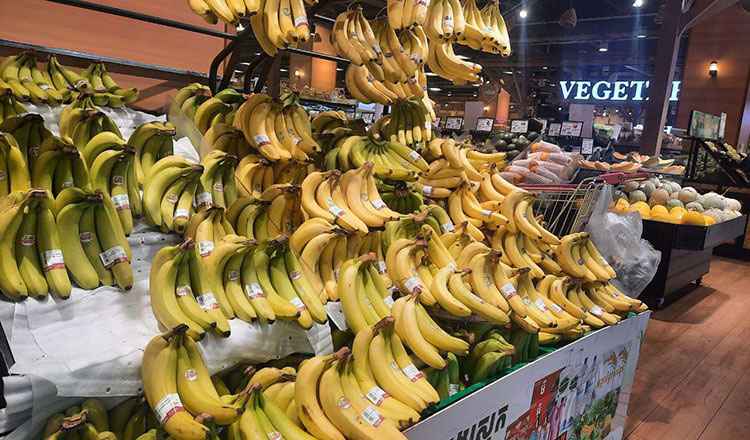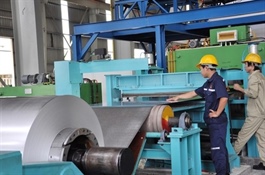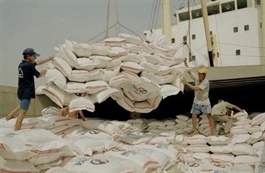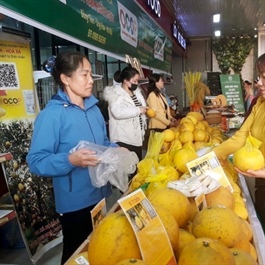Output growth quickens amid sustained rise in new orders: PMI
Output growth quickens amid sustained rise in new orders: PMI
Growth was sustained in the Vietnamese manufacturing sector during May. New orders increased solidly again, prompting a faster expansion of production.
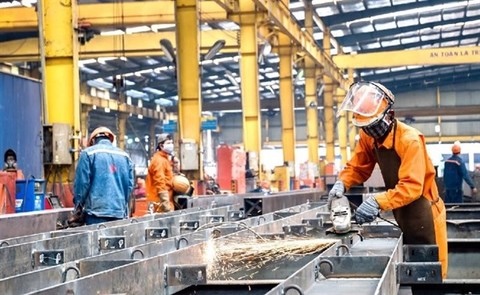
The S&P Global Vietnam Manufacturing Purchasing Managers' Index (PMI) was unchanged at 50.3 in May. —Photo GSO |
The S&P Global Vietnam Manufacturing Purchasing Managers' Index (PMI) was unchanged at 50.3 in May, signalling a second consecutive marginal monthly improvement in business conditions in the sector. The health of the sector has fluctuated only fractionally through the opening five months of 2024.
New orders increased solidly again in May as a strengthening demand environment helped firms to secure new customers and bring in new business. The rate of expansion was, however, slightly softer than that seen in April.
Meanwhile, new export orders also increased, albeit to a lesser extent than total new business.
The expansion of total new business encouraged manufacturers to raise their production volumes for the second month in a row. Moreover, the rate of growth quickened to the fastest since September 2022.
Andrew Harker, Economics Director at S&P Global Market Intelligence, said: “The latest S&P Global Vietnam Manufacturing PMI data was something of a mixed bag. On the positive side of the ledger, new orders were up solidly again amid signs that demand growth is being sustained, prompting a sharper increase in production in May.
"On the other hand, there are concerns around staffing levels and inflationary pressures. The former decreased again and at a solid pace, potentially limiting capacity at firms. Meanwhile, cost inflation was the fastest in close to two years, feeding through to higher output prices. This could have the effect of restricting demand in the months to come.
"Overall, companies are optimistic regarding the future, with success in securing new business hopefully acting to overcome the headwinds being felt elsewhere."
Foreign sales increased, albeit to a lesser extent than total new business. Despite employment declining for the second consecutive month, backlogs of work were stable and purchasing activity posted another expansion in response to rising output requirements.
Meanwhile, delivery times lengthened marginally linked to goods shortages and difficulties caused by geopolitical issues.
On the price front, input cost inflation accelerated to the highest since June 2022, boosted by higher oil and fuel costs amid currency weakness. Consequently, output price inflation rose to the quickest in 15 months.


